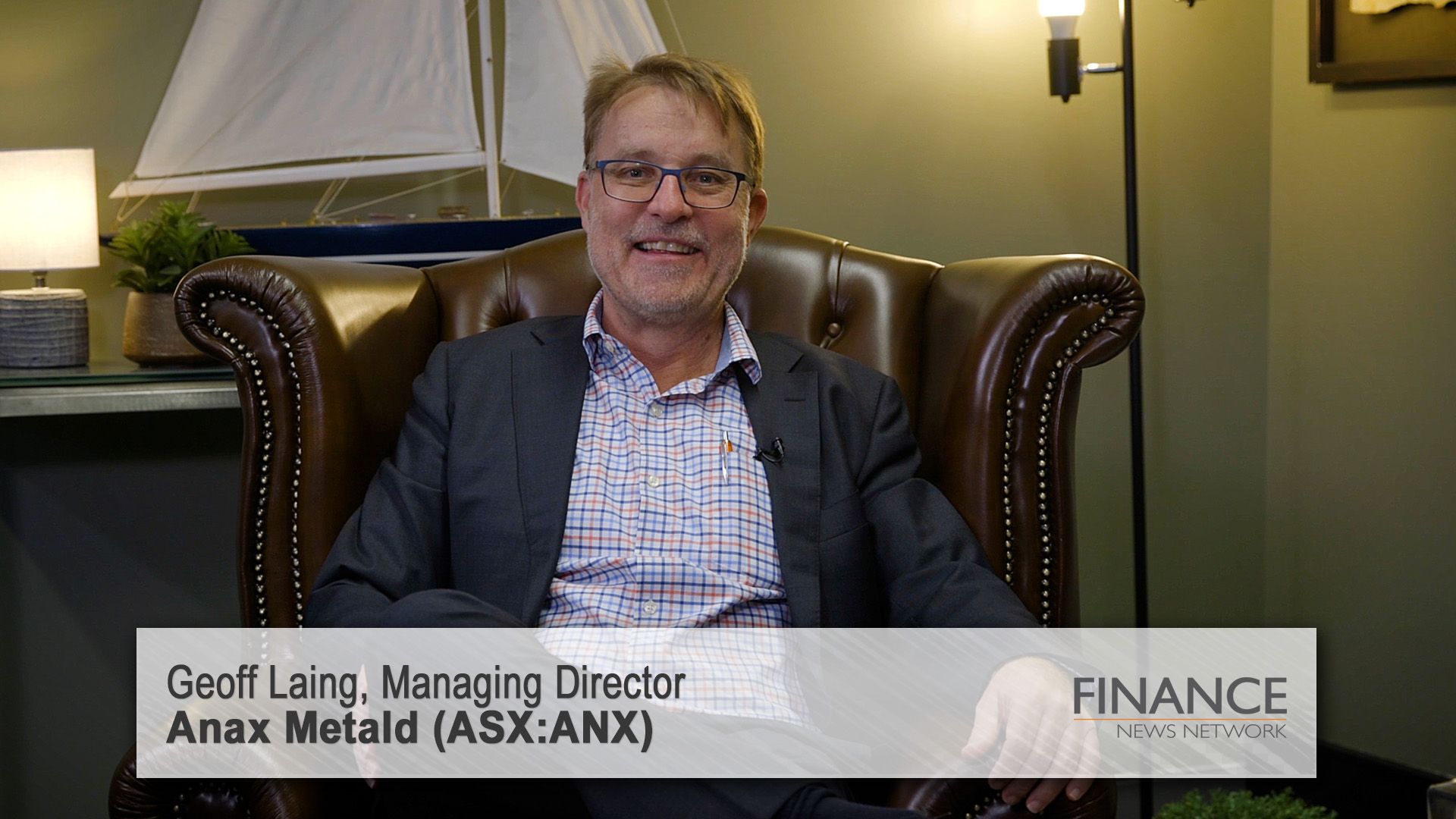BuildingIQ (BIQ: ASX) Is a stock that is completely off the wider investment radar for a reason that will become obvious in due course. That doesn’t mean though it’s not an interesting investment proposition.
BIQ is a provider of a cloud-based, software-as-a-service (SaaS) energy management and optimisation solutions for owners and managers of large commercial building portfolios. These buildings can be office blocks, hospitals, schools etc. The technology is based on work previously done by the CSIRO.
BIQ’s flagship 5i platform works in conjunction with a facility’s building management system making real-time changes to heating and cooling operations based on inputs such as weather forecasts, energy prices, tenant comfort, and the buildings own unique characteristics. These small adjustments can result in savings of up to 25 percent in heating, ventilation and air conditioning associated energy costs.
Given the recent spike in energy prices, it makes a compelling proposition to real estate owners. The 5i platform is used in both existing (brownfield) and new (Greenfields) buildings. The company operates in both the US and Australia. It’s revenue is currently split roughly 50%/50% between the two geographies.
IPO vs. Today
Now, BIQ hasn’t been the most successful IPO in ASX history, just pull up a share price chart. It came to the boards in Dec 2015 when it IPO’d at $1.00 giving it a market capitalisation back then of $85m. Fast forward to today and BIQ trades around $0.05 and has a market cap of circa $11m so not the most auspicious of ASX listings. However, that was then and this is now and we must judge BIQ on its investment merits today.
BIQ while still not profitable even today (the reason I believe for the gross underperformance of the share price) has been making measured and steady progress with its operational strategy and has delivered 7 consecutive quarters of revenue growth. Given it’s a high gross margin software business this is slowly starting to filter down to the bottom line. Losses are starting to get smaller over time although it still has a way to go. BIQ recorded an EBITDA loss of $1.5m at its last result for the half, although this was a 21% improvement on the PCP.
If we step back in time and compare some key metrics of the IPO versus the latest results I think it tells a compelling story of operational execution.
At IPO the company was servicing 35m square feet across 140 buildings. As per the last set of results it now services 115m square feet across 1,150 buildings with a customer retention rate of 98%. Contract terms for its customers are usually 12-36 months.
Its annual contracted revenue was about $3.5m at IPO and is now approaching $8.0m.
While operating costs increased 9% in latest results (well below revenue growth) BIQ’s operating cost basis has actually reduced by circa 13% in the last 2 years despite revenue growing by circa 80% in the same time period.
So operationally they have been making steady progress in terms of implementing their strategy.
Acquisitions
BIQ have also made some acquisitions along the way to either enhance their technology or give them access to particular customers or markets. The most recent acquisition of BuildingSense in Australia gives them greater access to the greenfield buildings market while simultaneously improving their working capital through improved debtors days by BIQ moving further up the payment chain. The BuildingSense acquisition is expected to add circa $2m in revenue on annualised basis in FY19. This is a material uplift in revenue given full year FY18 revenue on my estimates is expected to be circa $8m. A portion of this acquired revenue will naturally drop to the bottom line pushing them closer to breakeven and ultimately profitability.
The road ahead
The road ahead is a long one for BIQ lets not hide from the elephant in the room given the precipitous fall in the share price. A lot of shareholder value has been eroded over the last 3 years. BIQ will have to work harder than most to rebuild a level of trust and confidence with the market and demonstrate that they are on a clear path to profitability and future growth, either through acquisition or organically.
The first step in this journey is to achieve cash flow breakeven or EBITDA profitability. This is probably 12/18 months away at this stage and a bit further out than I would normally tolerate. However, recent results over the last serval quarters from BIQ suggest it has a clear strategy and is very focused on delivering on it.
I would point out that BIQ provides a table of key measures and targets in its results presentations which set out clear and objective data points that investors can hold to management to account on strategy delivery. Something more microcap companies should do.
The road to redemption will not an easy one for BIQ but I will be interested to follow their journey over the next 12 months.













